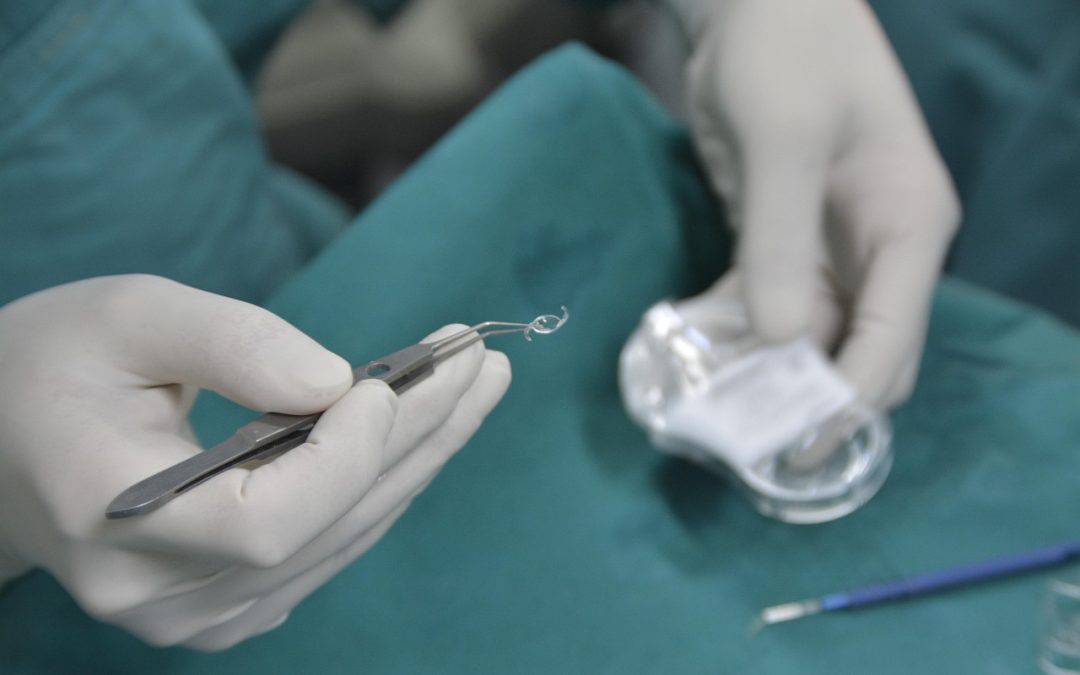
by Abraham Eye Center | Jun 4, 2025 | Cataract Surgery, Vision
A multifocal intraocular lens (IOL) is an artificial lens implanted inside the eye to replace the natural lens during cataract surgery. Unlike standard monofocal lenses that provide clear vision at a single distance, multifocal IOLs are designed to improve vision at...
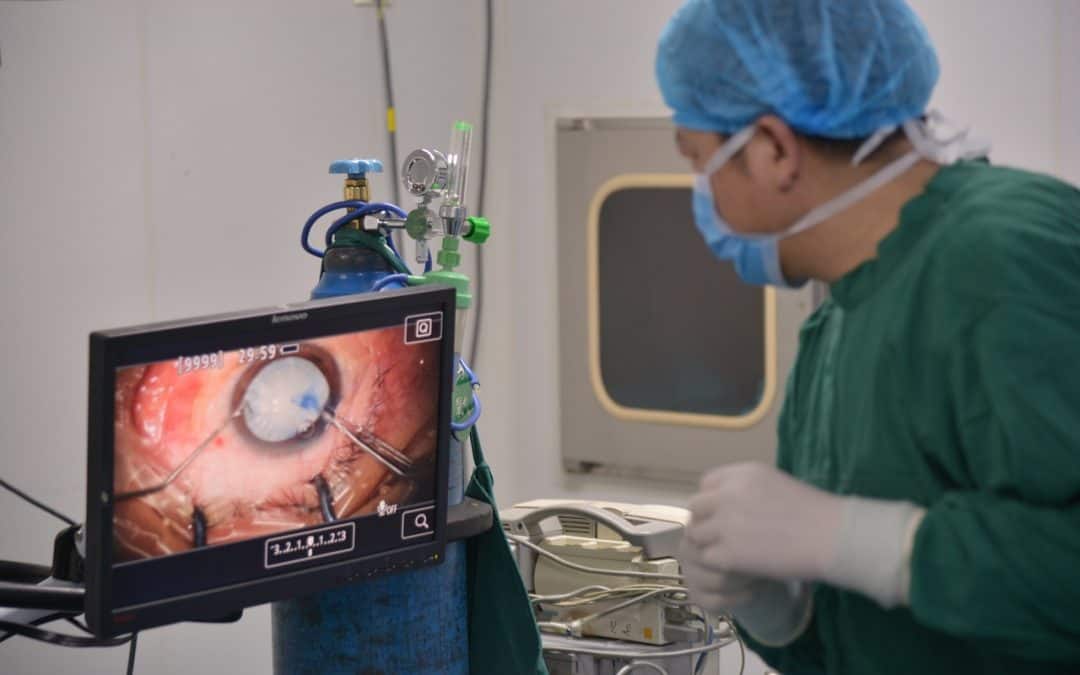
by Abraham Eye Center | May 1, 2025 | Cataract Surgery, Vision
What Are the Signs and Symptoms of a Traumatic Cataract? A traumatic cataract is a clouding of the eye’s natural lens that develops after an injury to the eye. Unlike age-related cataracts, traumatic cataracts are caused directly by physical trauma. These cataracts...
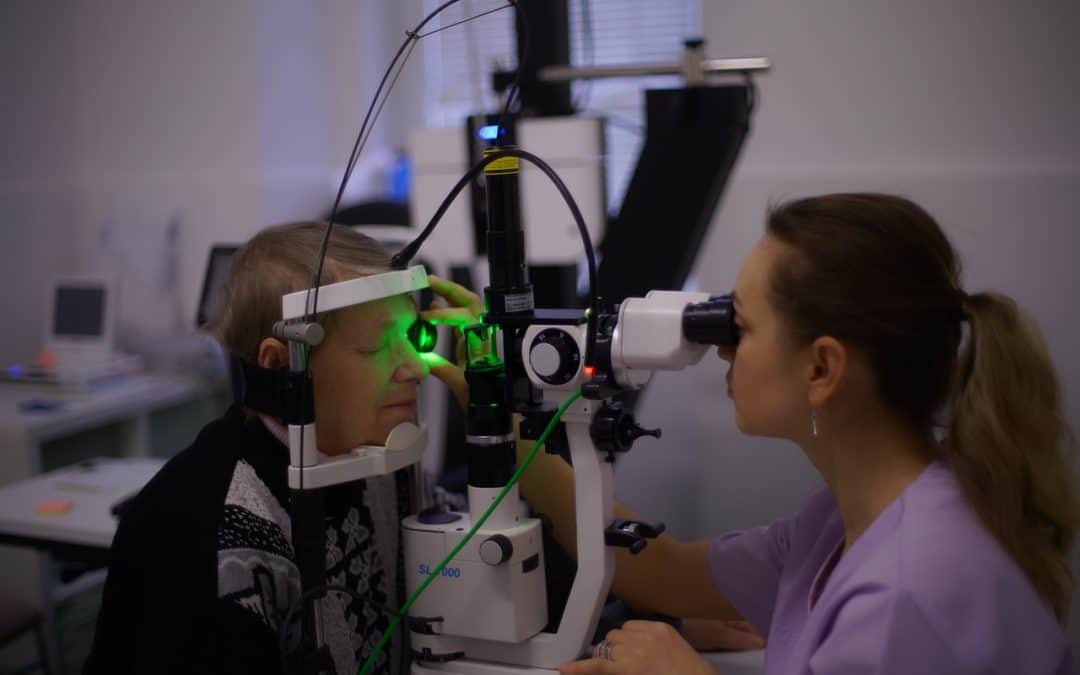
by Abraham Eye Center | Apr 3, 2025 | LASIK, PRK, Vision
Photorefractive keratectomy, commonly referred to as PRK, and laser-assisted in situ keratomileusis, known as LASIK, are two popular laser eye surgery procedures used to correct vision. Both surgeries aim to reshape the cornea to improve refractive errors such as...
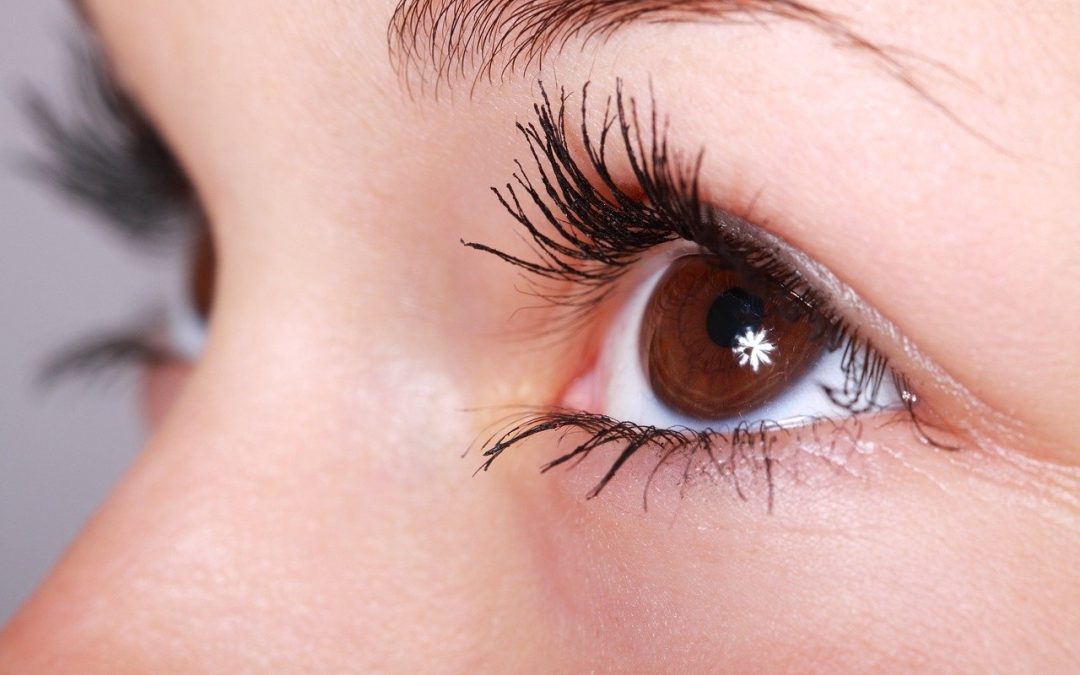
by Abraham Eye Center | Mar 6, 2025 | Cornea, Infection, Vision
Chronic inflammation of the eyes can significantly affect a person’s quality of life and vision. This condition, also known as chronic ocular inflammation, can result from a variety of underlying causes. There are many possible causes of chronic inflammation in...
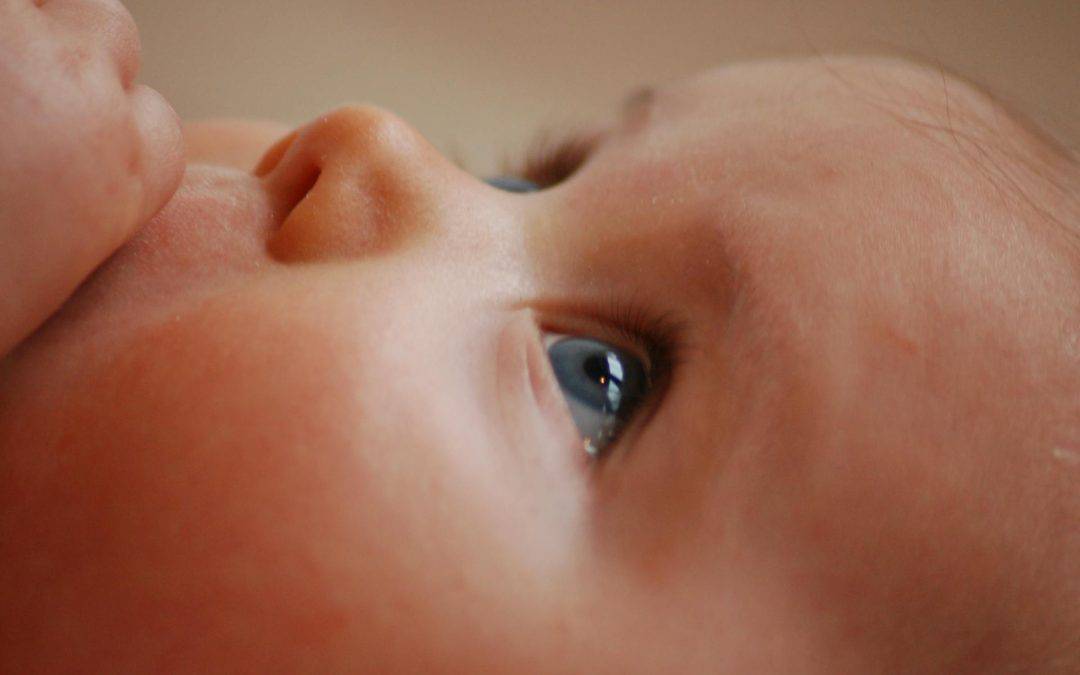
by Abraham Eye Center | Feb 20, 2025 | Cataract Surgery, Systemic Disease, Vision
What Are the Different Types of Congenital Cataracts? Congenital cataracts are a type of cataract that forms in infants or young children. This condition occurs when the lens of the eye becomes cloudy due to various factors, including genetic predisposition, maternal...
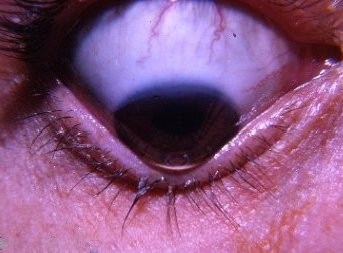
by Abraham Eye Center | Feb 6, 2025 | Cornea, Keratoconus, Vision
How Rare is Keratoconus? Keratoconus is a progressive eye disorder characterized by the thinning and bulging of the cornea, which leads to distorted vision. This condition typically manifests in adolescence or early adulthood and can affect one or both eyes. The...






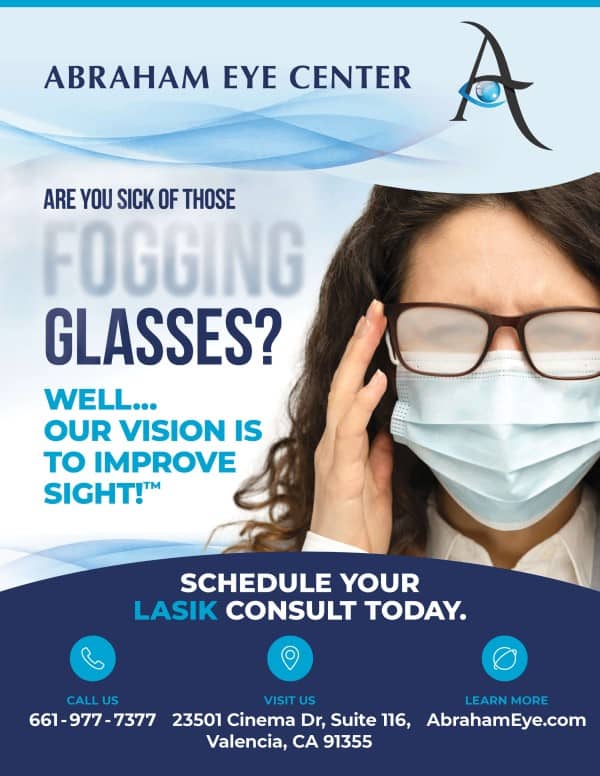

Recent Comments